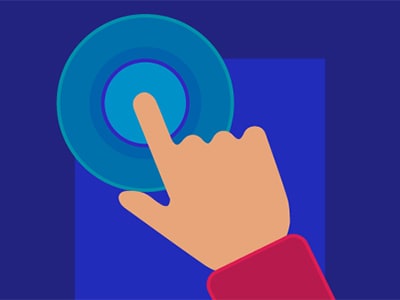Nowadays, we avoid books with more than 150 pages and tune out presentations after about 18 minutes (hence the power and popularity of TED Talks). And why not? Thanks to professor Google and coach YouTube, virtually anything we could ever want to know is available in seconds with next to no effort. How does it influence instructional design and adult learning…?
Given the appeal and expectation of instantly gratified information needs, it’s no surprise that organizations are embracing the expediency of microlearning—bite-sized bursts of tightly focused content, designed for just-in-time consumption and multi-device delivery.
What so good about microlearning? Let’s chop up our (not-so-micro) definition and chew on the pieces:
- bite-sized bursts span a few seconds to 15 minutes or more, thus minimizing information overload and time out of the employee workday. Microlearning nuggets encompass a variety of forms—instructional videos, performance support, task simulations, knowledge/skill-building games, quizzes, discussion forums, quick-reference cards, infographics.
- tightly focused content isolates what’s relevant to a particular topic, task, or learning outcome and eliminates extraneous material that can cloud attention and corrode retention.
- just-in-time consumption supports simultaneous application of context-specific training—e.g., viewing a tutorial while performing a task (as opposed to forgetting how to do something days or weeks after completing a traditional course).
- multi-device delivery (to smartphones, tablets, laptops, and desktops) provides content when and where it most benefits learners—e.g., while preparing for a meeting in the hotel lobby, immediately following a popup error message, after hours in a distraction-free environment.
The concept of microlearning has been an integral part of our blended learning model.







